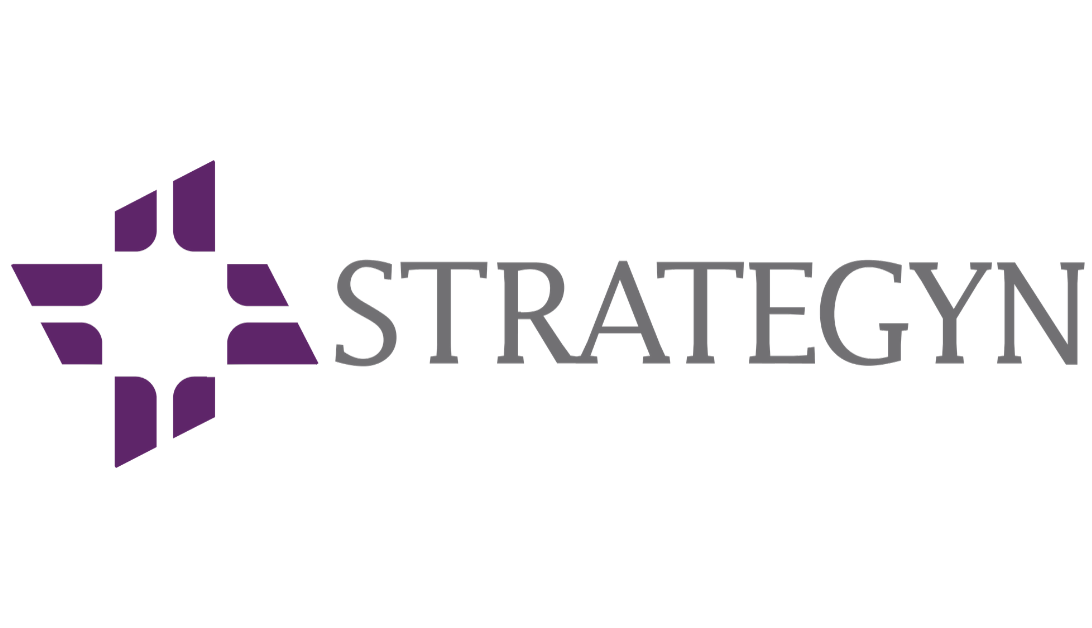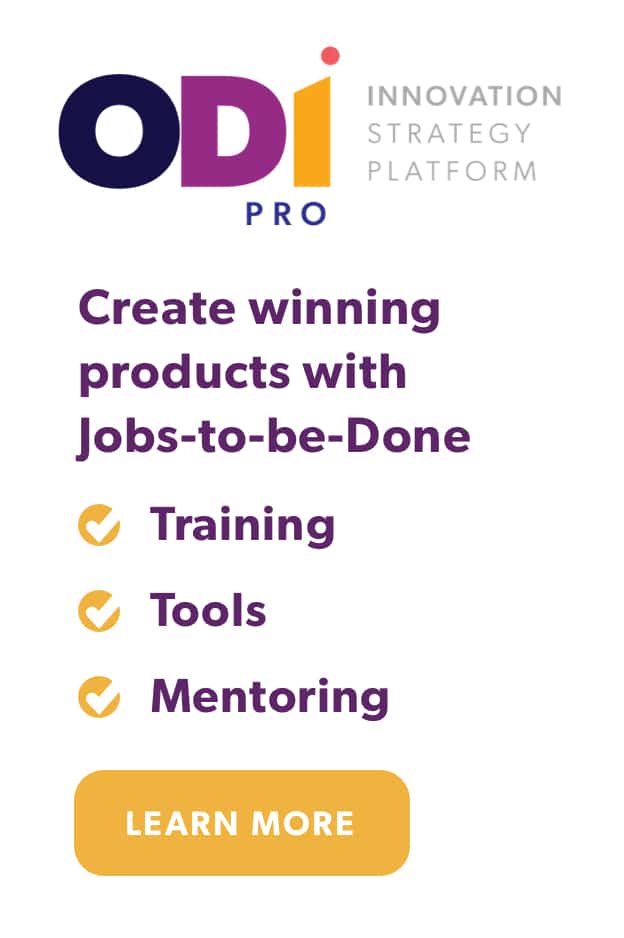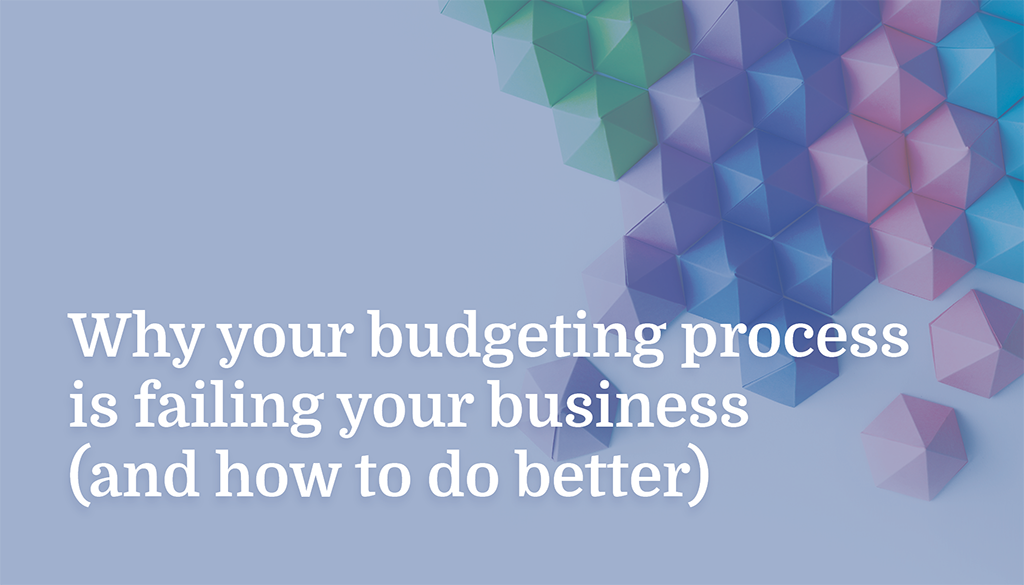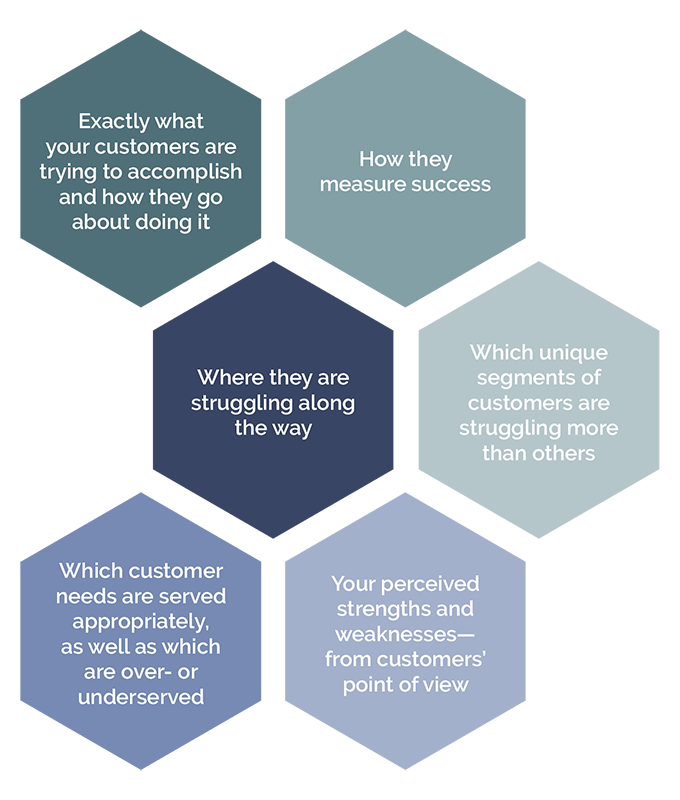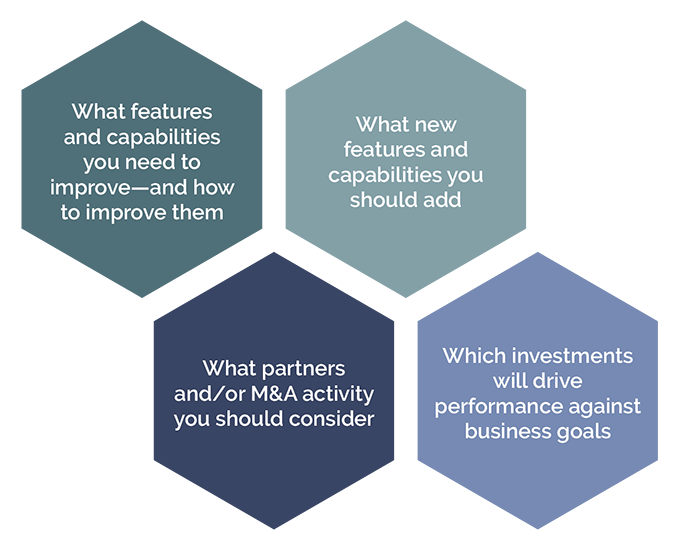Estimated reading time: 5 minutes
Here’s how it usually goes:
The business designs their budget process around hitting a sales growth target. Each department makes their own decisions on what investments are needed, from R&D to product to marketing to sales, etc.
These budget decisions often amount to looking at what was spent last year plus what the business will need to spend next year to hit departmental goals (and ultimately hit the sales growth target).
This annual budgeting process is pretty standard, but it’s also flawed and will rarely lead to significant gains.
There’s a different approach to preparing the budget that will allow you to break out of old patterns to make major advances in the market.
“There’s a different approach to preparing the budget that will allow you to break out of old patterns to make major advances in the market.“
What’s wrong with the budgeting process?
The problem with the typical budgeting process is that few people have any solid evidence on the underlying factors driving market growth. Ultimately, the sales numbers and budget numbers are guestimates.
Businesses that research the market before finalizing their sales targets and budgets have the right idea—but traditional research still doesn’t hold much water.
Traditional market research is often rooted in publicly available industry and market trend reports, which means there is zero competitive advantage. These insights are available to anyone who can google and pay for the information.
Some businesses will do primary market research to look for opportunities to improve their current solutions (e.g. by making the products easier to use or by adding new features). Pricing studies follow to determine if these enhancements will deliver the desired financial returns.
This approach is highly inefficient.
It also rarely delivers the insights needed to guide and justify the budgeting decisions that will help you to meet next year’s sales growth target and drive long-term, sustained growth. Your experience and expertise may allow your business to grow at about the same pace as the rest of the market. Perhaps you get lucky and outpace the market by a percentage point or two.
But if you want to create an inflection point at which you can start growing much faster than the rest of the market, you need a more scientific budgeting process.
“But if you want to create an inflection point at which you can start growing much faster than the rest of the market, you need a more scientific budgeting process.“
Focus your budget on creating value for the customer
The alternative is to flip your focus. In our years of research, we have found that the most successful companies build their budgets with the customer at the center of the process.
Instead of starting with a revenue or sales target and making educated guesses at how to get there, start your budgeting process with your customers. What job are they trying to complete, and how can you help them best complete it?
Using Jobs-to-be-Done Theory and Outcome-Driven Innovation (ODI) allows you to understand:
- Exactly what your customers are trying to accomplish and how they go about doing it
- How they measure success
- Where they are struggling along the way
- Which unique segments of customers are struggling more than others
- Which customer needs are served appropriately, as well as which are over- or underserved
- Your perceived strengths and weaknesses—from customers’ point of view
When you understand the full job and associated customer needs, it becomes clear exactly which investments are necessary—and you can align your business and budget accordingly.
You can use this information to determine:
- What features and capabilities you need to improve—and how to improve them
- What new features and capabilities you should add
- What partners and/or M&A activity you should consider
- Which investments will drive performance against business goals
When you flip your mindset to solving for more of the job-to-be-done, you eliminate many assumptions and remove much of the risk in the budgeting process.
The job-to-be-done is a well-defined and stable focal point around which the entire company can create long-term value for the customer. Instead of each function guessing at the right investments, everyone is marching toward the same ends and knows exactly how to allocate their budget dollars (which also creates significant operational efficiencies). Plus, customers don’t want to cobble together products and solutions—those products that get more of the job done are the ones that fly off the shelves (real or proverbial).
It all comes down to ROI
Are your teams investing in and working on the opportunities that will drive real growth for your business? Or are they falling back on the things they’re comfortable with and good at? The traditional budgeting process often means the latter, which often results in more of the same.
Allocating budget dollars based in this fashion typically results in focusing on customer needs that are already sufficiently served in the market, which delivers little value for your spend.
The people that want different results—want more out of their investments—come to us looking for a different approach.
There are few investments that deliver the same impact on and ROI for your business as Outcome-Driven Innovation. This proven innovation framework gives you the precise data you need to assess which specific investments will achieve your financial goals—whatever those goals may be.
